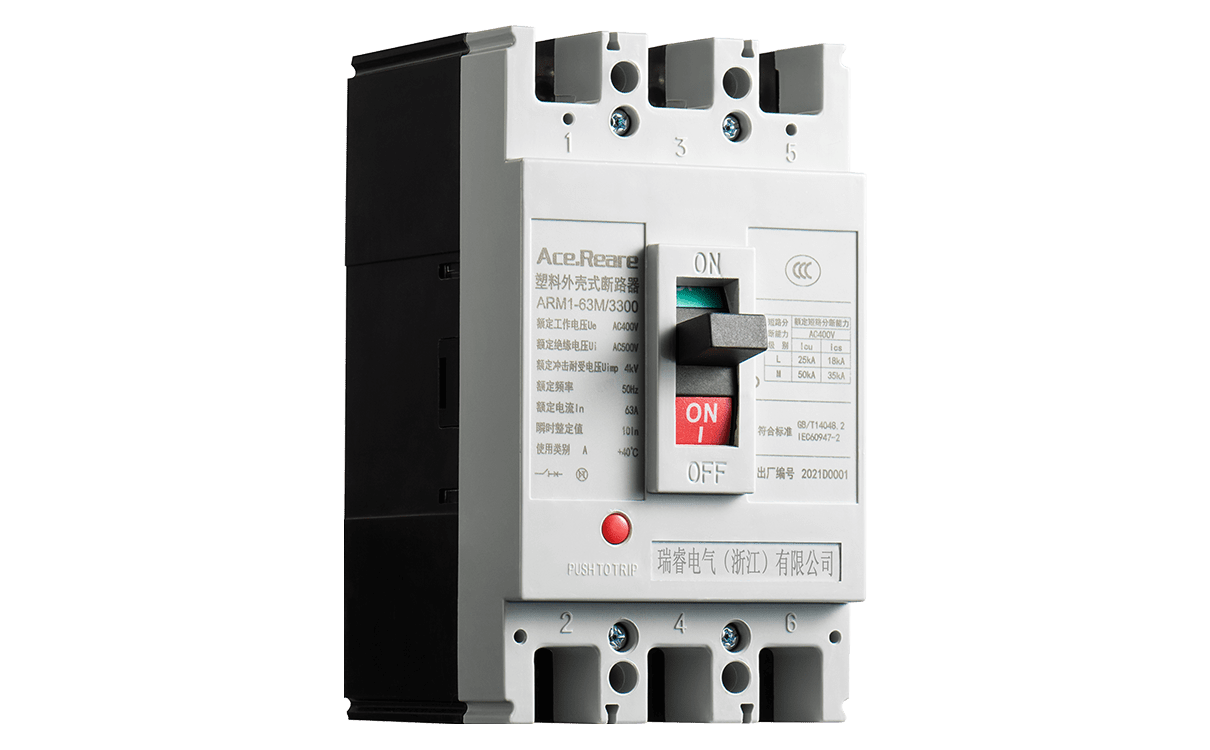
Date | 2022-09-20 13:45:01
Moulded case circuit breakers are one of the most widely used protective appliances in our daily lives. In the selection of type and use, for its technical capabilities, if the use of the environment is not clear, often resulting in waste, or even frequent accidents. So, what are the specific methods and precautions when we choose re-formed circuit breakers?
I. Application scope and use of molded case circuit breakers
The molded case circuit breaker is widely used in power distribution system or transformer, motor, capacitor and other protection equipment with rated voltage 690V, frequency 50/60Hz and rated current 16 ~ 1600A. Plastic case circuit breakers can be mainly used for power distribution, each branch circuit and electrical equipment overload, short circuit, leakage point and low-voltage protection, circuit and frequent conversion of electrical equipment.

Second, the selection method of molded case circuit breaker
According to the type of load: mainly divided into distribution system and motor protection with.
According to the capacity of the load: select the rated current of the molded case circuit breaker, rather than the working current of the load.
Short-circuit current selection criteria: the rated working short-circuit cut-off capacity of the molded-case circuit breaker is greater than the expected short-circuit current value of the circuit. The short-circuit capacity of a moulded-case circuit breaker determines the reliability of the breaker, but it can be wasteful to ensure the safety of the circuit, even without pursuing a high score.
Plastic case circuit breaker selection considerations
1, the difference in the ability to split.
There are two important indicators of the separation capacity of plastic-case circuit breakers. Rated working short circuit separation capacity Ics (including the circuit breaker continues to retain the separation capacity of the rated current capacity) and rated limit short circuit separation capacity Icu (including the circuit breaker continues to retain the separation capacity of the rated current capacity). The difference between the two lies in the so-called rated limit short-circuit disconnection capacity, which is the ability of the circuit breaker to restart and disconnect that short-circuit current again even after cutting off the three-phase short-circuit current of the line group. It cannot be guaranteed that it can be connected and disconnected normally in the future. The rated working short-circuit interception capacity must also be able to separate normally several times under the above circumstances.
2. Use of circuit breakers.
The choice of individual circuit breakers directly affects the choice of the entire accessory circuit and wire cross section. The choice of circuit breakers must be based on the overall configuration of the system. If a fault occurs at any point on the line, it can be removed from the adjacent parent circuit breaker.